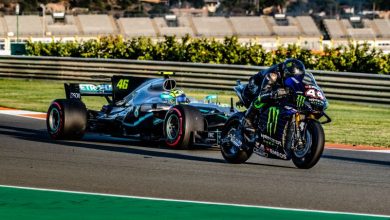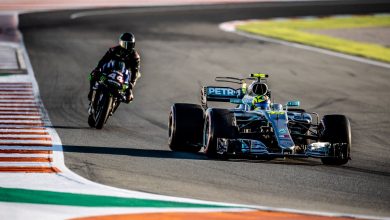An in-depth look at the braking systems in Formula 1 at the Red Bull Ring: A Brembo view
The 2019 Formula 1 Austrian GP according to Brembo
The Formula 1 stay in the heart of Europe for the 9th event of the 2019 World Championship. The theater for the Austrian GP is the Red Bull Ring, inaugurated in May 2011 and situated near Spielberg, in Styria.

Although being more or less the same length as the Budapest and Montreal circuits (all 4.3 km, 2.67 miles give or take ten meters) the Austrian circuit is the only one in the World Championship where a lap takes less than 65 seconds.
This is thanks to the high speeds achieved but also to the small number of bends, only 3 of which require the use of brakes for more than one second. The many undulations of the track complicate the drivers’ choice of timing braking: from the highest to the lowest point there is in fact a 65 meters (213 feet) difference in level.
According to Brembo technicians, who have classified the 21 World Championship tracks, the Red Bull Ring falls into the category of circuits presenting medium difficulty for the brakes. On a scale of 1 to 5, it earned a 3 on the difficulty index.
The demand on the brakes during the GP
During each lap brakes are used 7 times, for less than ten seconds in total, 8 tenths less than on the Monza track. From start to the checkered flag, braked are in action for a total of 11 and a half minutes, equal to 15 per cent of the whole race.
Brakes are used even less in the second half of the track, from the Rauch curve (turn 6) onwards: if in fact in the first half drivers use the brakes for 6 and a half seconds, in the second part they use them for about 3 seconds.
The maximum deceleration is also affected by this variation: from an average of 5.2 G in the first section to 2.3 G in the next. Consequently the average track deceleration is 3.5 G.
The energy dissipated during braking in the whole GP from each single-seater is quite limited: 201 kWh.
During the whole race, a driver uses his brakes a little less than 500 times, exerting a total load of 38.5 tons on the brake pedal.
The most demanding braking sections
Of the 7 Red Bull Ring braking points 3 are classified as hard on the brakes and 4 are light.
The most challenging for the braking system is the Remus bend (turn 3): the single-seaters approach at 328 km/h (204 mph) and in 2.59 seconds they decrease to 84 km/h (52 mph). To manage this, drivers must exert a pressure of 174 kg (384 lbs) on the braking pedals, and decelerate by 5.2 G. With the brake pressed the vehicles travel for 127 meters (417 feet).
Drivers are subjected to a 5.2 G deceleration also on Schlossgold bend (turn 4) thanks to the 331 km/h (206 mph) that they reach on the preceding straight. The entrance speed on the bend is higher to the Remus bend: in the first one the single-seaters enter the bend at 120 km/h (75 mph). This last one requires the use of brakes for 2.57 seconds and pedal load of “only” 171 kg (377 lbs).
Brembo performance
Single-seaters with Brembo brakes have won all the last 7 Austrian GPs.
This is one of the few tracks in the world where Sebastian Vettel has not yet triumphed. Spielberg’s last Ferrari victory dates back to 2003 when the circuit was called A1-Ring.
Find the Brembo Animated Infographic here
ends



